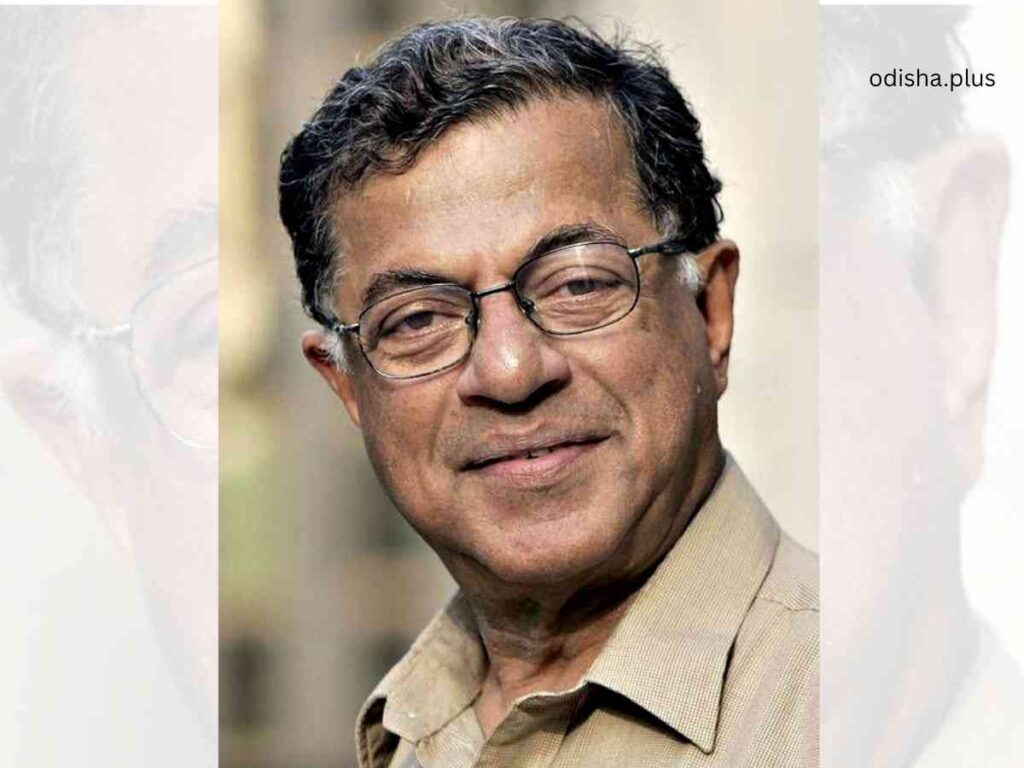Over the last five decades, Sikkim has transformed into one of India’s most progressive and environmentally conscious states. It became India’s first fully organic state in 2016, gaining global recognition for its sustainable agricultural practices
Mrinal Chatterjee

On May 16, 2025, Sikkim celebrated 50 years of statehood—a significant milestone marking its peaceful transition from a centuries-old monarchy to becoming the 22nd state of the Indian Union in 1975. The journey began with growing democratic aspirations within the former Himalayan kingdom, ruled by the Chogyal (monarch) since the 17th century.
After India’s independence, Sikkim remained a protectorate, with India managing its defense, external affairs, and communications. However, political unrest in the early 1970s, calls for democratic reforms, and concerns over the monarchy’s role culminated in a historic referendum on April 14, 1975. Over 97% of the population voted to abolish the monarchy and merge with India. On May 16, Parliament passed the 36th Amendment to the Constitution, formally granting Sikkim statehood.

Over the last five decades, Sikkim has transformed into one of India’s most progressive and environmentally conscious states. It became India’s first fully organic state in 2016, gaining global recognition for its sustainable agricultural practices. Gangtok, the capital, which I have visited several times, reflects a unique blend of traditional architecture and modern infrastructure. Sikkim’s diverse population—including the Lepcha, Bhutia, and Nepali communities—continues to live in harmony, preserving a rich tapestry of languages, customs, and festivals. The state’s emphasis on education, healthcare, and eco-tourism has made it a developmental model in the Northeast.
However, there are challenges too. Connectivity is still a major issue. Often landslides cut off vital roads including the road to Gangtok, the capital. An alternative road is absolutely necessary.
Remembering Girish Karnad

Girish Raghunath Karnad, a towering figure in Indian arts, celebrated as a playwright, actor, director, and public intellectual was born on 19 May 1938 in Matheran, Maharashtra. He studied mathematics at Karnataka University and later became a Rhodes Scholar at Oxford, earning a degree in Philosophy, Politics, and Economics.
Karnad’s literary journey began with his debut play “Yayati” (1961), but it was “Tughlaq” (1964) that established him as a formidable playwright. His other acclaimed works include “Hayavadana” (1971), “Nagamandala” (1988), and “The Dreams of Tipu Sultan” (1997), all of which delve into themes of identity, mythology, and sociopolitical issues
In cinema, Karnad made a significant impact with “Samskara” (1970), where he served as both screenwriter and lead actor. He continued to contribute to Indian cinema with films like “Kaadu” (1973) and “Ondanondu Kaladalli” (1978), and appeared in Hindi films such as “Iqbal” (2005) and “Ek Tha Tiger” (2012).
Throughout his career, Karnad received numerous accolades, including the Jnanpith Award in 1998, as well as the Padma Shri and Padma Bhushan awards.
The Coconut Seller

My friend Ratikanta Satpathy is a singer, music composer and photographer. He also works as a Business Consultant. He has posted the following in his social media platform:
Near the park, we stopped by a coconut seller. He was busy talking to his daughter—a small girl who looked like she should have been in primary school.
We asked for the price, and without hesitation he said, “Forty.” As he began cutting the tender coconuts, the little girl handed us two straws. My wife gave her some candies—the ones I keep in my car in case my sugar drops.
Her father smiled.
While settling the payment, he returned a tenner—a surprise discount we had never bargained for.
Some people move around with their XXL hearts, which we often fail to notice.
Photo: Ratikanta Satpathy
Shrinking Attention Span
Studies published in respected scientific journals point out that the average attention span of a human has decreased from 12 seconds to 8.25 seconds in the last two decades. The attention span of a Gen Z individual is around 8 seconds. Interestingly Goldfish have an average attention span of 9 seconds, one second more than humans. The human attention span is shorter than that of a squirrel.
The majority of people have a shorter attention span while using mobile devices. An average person checks their phone 58 times a day, affecting their attention span.
The average attention span of someone listening to a presentation is 8 minutes. Multi-tasking reduces attention span by up to 40%.
Couch-Patriots
Meanwhile many of the couch-potatoes have turned into couch-patriots cum couch fighters. They were fighting a fierce battle with the Pakistani couch-patriots and both sides were declaring complete annihilation of the opponent. Opped.
They are not particularly happy that the war stopped.
(The author is Regional Director Indian Institute of Mass Communication, IIMC Dhenkanal. Views expressed are personal.)

























